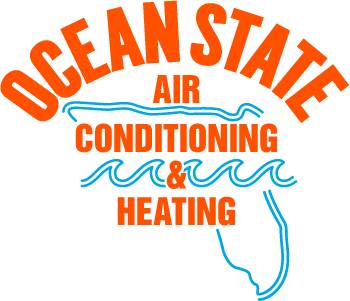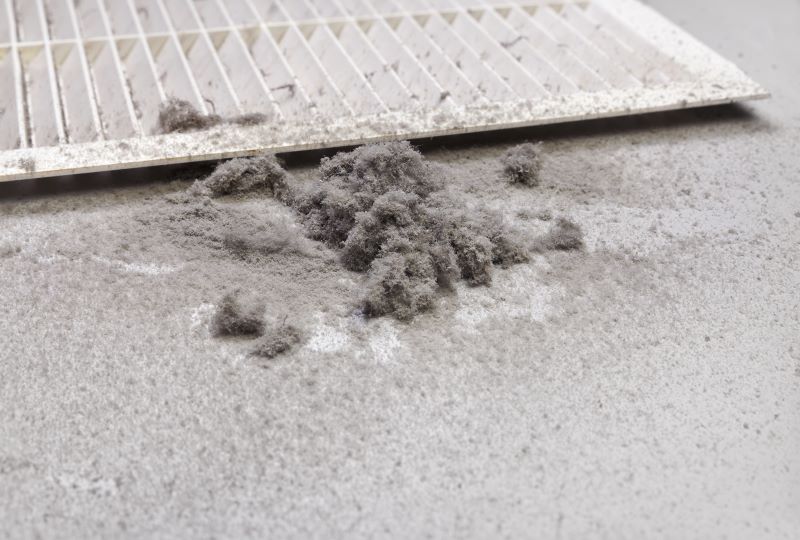On average, Americans spend roughly 90 percent of their time indoors, breathing in air that can be between two to five times more toxic than the air outside. Presented with these unfavorable statistics, it’s easy to see why many homeowners are looking for ways to improve their indoor air quality.
What Causes Indoor Air Pollution?
The same building practices that increase the energy efficiency of your home are responsible for the decrease in indoor air quality. Improved building and insulating materials, may keep conditioned air inside where it belongs, but this newer, tighter construction also prevents fresh, outdoor air from entering. Without that air exchange or a secondary source of ventilation, pollutants can accumulate to dangerous levels.
While certain sources of pollution such as cigarette smoke are obvious, here are some others you may not have considered:
- Carpeting
- Air fresheners
- Radon
- Cleaning products
- Personal care products
- Cabinetry
- Paint
- Heating and cooling equipment
The chemicals contained within many common household sprays, paints and other products are released into the air, eventually settling on furnishings. Each time this dust is disturbed, they’re released again and can be drawn in and recirculated through the HVAC system. Among these chemicals, you may find:
- Biological pollutants – Pet dander, bacteria, mildew, mold and pollen are all examples of this type of pollutant, which can trigger allergic reactions, asthma, dizziness, lethargy or fever.
- Volatile organic compounds (VOCs) – These compounds are released from materials such as paint, cleaning products, building supplies and furniture. Some VOCs have been linked to cancer, as well as kidney, liver or central nervous system damage.
- Pesticides – There’s no safe form of pesticide. Whether in liquid, crystal or aerosol form, all emit harmful fumes, which may increase the risk of cancer, liver or kidney damage and affect the nervous systems.
- Radon – This odorless, invisible gas occurs in nature as part of uranium, which can be found within the soil or groundwater surrounding your home. Radon can make its way in through cracks in the foundation, pipes, drains or other means. It’s highly carcinogenic and, in the right concentration, may cause lung cancer.
How to Boost Indoor Air Quality
- Test for radon. Due to the stealth-like properties of this gas, radon testing is required to detect its presence. Contact a qualified professional to perform the test, and take the necessary steps if it’s found in your home.
- Schedule annual maintenance. Keep the HVAC system clean, well tuned and lubricated to improve efficiency, extend the life span of your equipment, control humidity and improve indoor air quality.
- Check and replace the air filter. Prevent pollutants from circulating by trapping them with a high quality air filter. Inspect or change the air filter once a month for best results.
- Lower the odds. There are several ways to minimize exposure to harmful gases and materials. Avoid spraying aerosol products, such as air fresheners, pesticides or cleaners, and consider using low-VOC or non-toxic paint next time you redecorate. When buying new furniture or remodeling, choose products made from green materials to avoid the off-gassing of VOCs.
- Control humidity levels. Excessive moisture encourages the growth of mold and mildew, as well as the reproduction of dust mites. Keep humidity levels between 30 and 60 percent, keeping moisture prone areas like the basement, bathroom, kitchen and laundry clean, dry and well ventilated.
- Increase ventilation. There are several ways to let stale, polluted air out, and clean fresh air in to your home. Use attic or window fans, bathroom and kitchen exhaust fans, and open windows in agreeable weather, or when using products known to emit pollutants. Some homeowners can install an energy recovery ventilator (ERV) for a whole-house answer.
For more information, or for professional help improving the indoor air quality in your home, call the experts at Ocean State Air Conditioning & Heating. Since 1975, we’ve been providing stellar service to residents of Jacksonville and the surrounding areas.
Image Provided by Shutterstock.com

